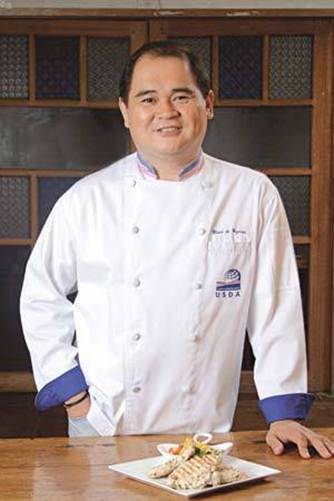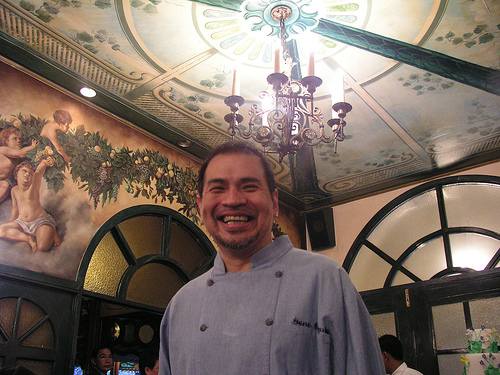SHH! This
is our secret, okay? Here’s the deal: We’ve asked our favorite chefs, bakers,
and food experts to share some of their tried and true kitchen tips with you.
Whether it’s about baking soft and chewy cookies, prettying up the buffet
spread at your next party, or learning what goes into a killer mac ‘n’ cheese,
take your culinary cues from these experts and you’ll get much more out of your
kitchen experience.
On discovering new ice cream flavors
Ian Carandang, owner, Sebastian’s ice cream
“Some
things I keep in mind when I’m conceptualizing new flavors:

Sebastian’s ice cream
1. Start with a strong concept: an interesting
flavor combination rather than just a random combination of ingredients. It
should make sense. Studying existing desserts and deconstructing their flavor
profile is a good way to get ideas.
2. Instead of blending all the flavor components
into the base (which can make it muddy and one-dimensional), I like to keep the
flavors distinct by separating the components in the form of mix-ins, chunks,
and swirls to add layers of flavors are more vibrant and easier to pick out.
3. The main thing to avoid is the Umay factor. Add a little salt or some acidity to cut the
richness of the ice cream and give it some balance so it doesn’t feel
overwhelming to eat after just two spoonfuls. Your
goal should be to keep them wanting to eat it up until that final mournful, and
maybe even think about getting a second scoop.”
On going back
to (cooking) school
Jun Jun De Guzman, chef and instructor, the center for Asian
culinary studies

Jun Jun De Guzman,
chef and instructor
“Before I
became a chef, I was a home cook. I would take short courses according to my
current interests-classes with dishes that I really wanted to learn or that I
usually craved for but were hard to make. When I started asking a lot of
questions about the science behind the cooking process, I decided to take a
beginner’s course which really helped me in going further and learning more to
become what I am today. The science of cooking gives you a better perspective
on the whole set-up, helping you make less mistakes
and produce food with better quality. If you’re thinking about going to
culinary school, try taking a hands-on class in cooking or baking first.
Afterwards, if you’re still interested in and happy with what you’re doing,
pursue a longer, more formal course”.
On making a killer kare-kare
Gene
Gonzalez, owner and chef, café Ysabel; founder, the
center for Asian culinary studies

Gene Gonzalez, owner and chef, café Ysabel
“A good kare-kare – like the ones from my hometown of Sulipan, Pampanga – should have a good extraction of atsuete or annatto. Cortrary to
common belief, atsuete is not only for coloring. It’s
a spice that reacts with other food once it is cooked or sautéed with the
ingredients. A good kare-kare must be orange in
color, not pale yellow as many commercial restaurants present it to be. A
proper balance of peanuts fried to a beautiful bronze hue and ground into a
paste is put into the sauce, along with grains of rice that have been roasted
until brown and pulverized into a powder. Let this simmer and let the rice
bloom for at least an hour. If you want to take it a step further, remove the
meats and strain the sauce through a fine sieve, so you get a
smooth, velvety gravy”.
On healthy cooking
Sau
Del Rosanrio, chef and owner, villa café

Sau Del Rosanrio,
chef and owner, villa café
“Try using
a streamer. I use this a lot when I cook for my dad since he dislikes oil and
cannot take too much cholesterol. The appliance has three levels, so you can
place fish or chicken breast on top while the veggies on the level below catch
all the juices that come from the fish or poultry. A simple citric sauce like
lemon and dill or tarragon will easily complete the dish”.